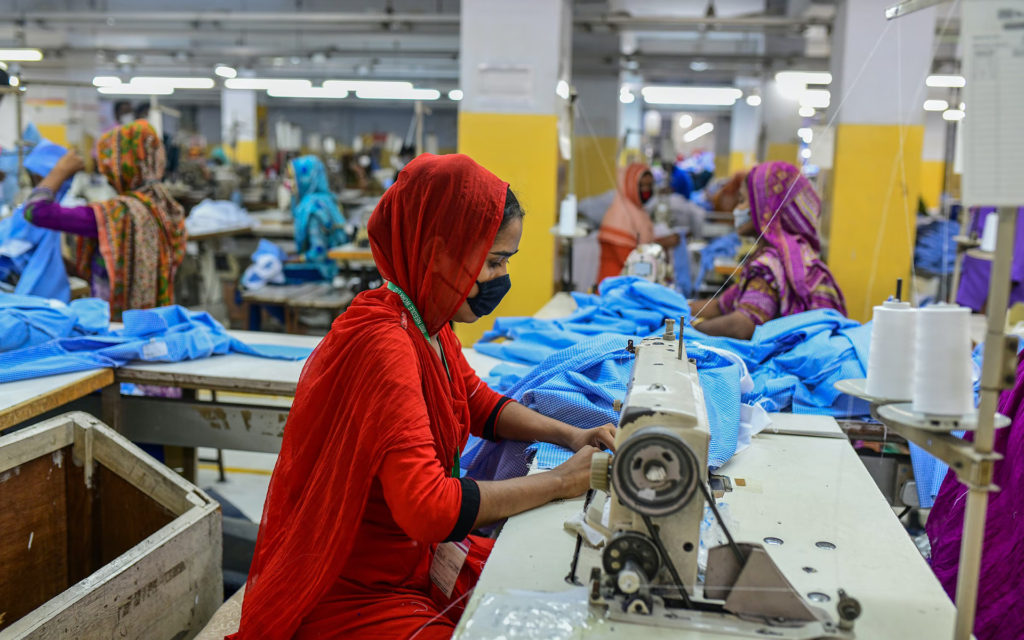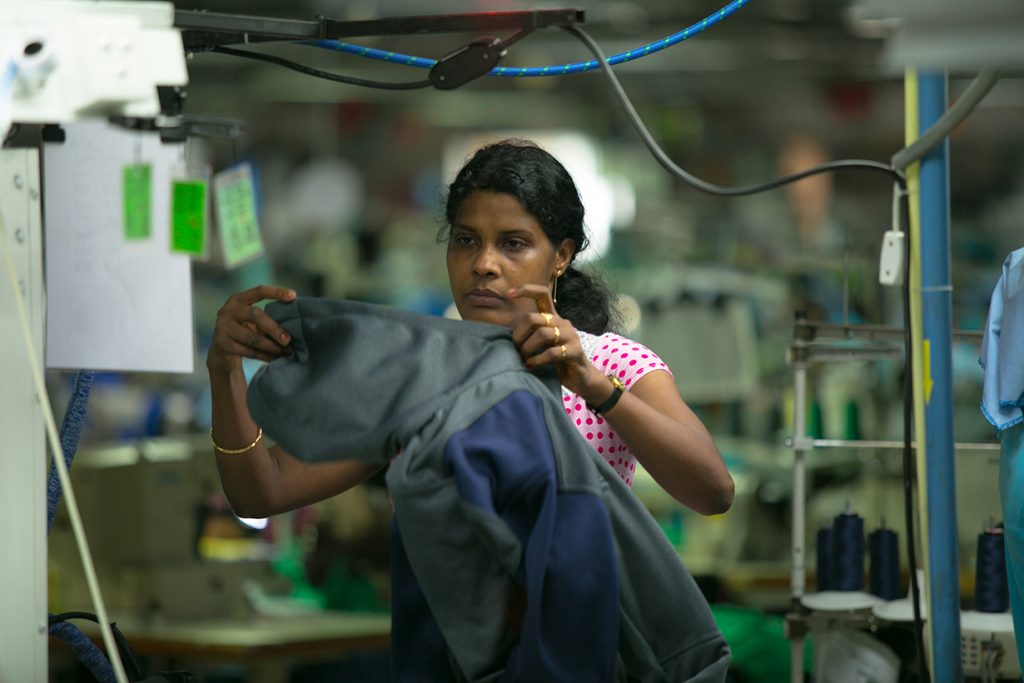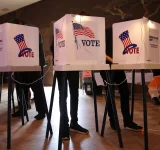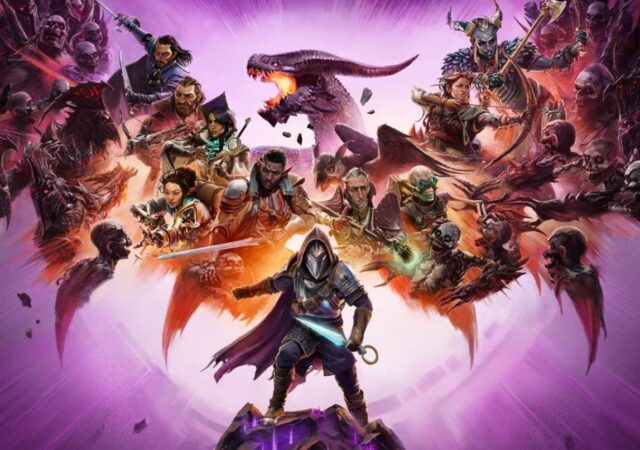This is the second article in a series about fast fashion. Please check out the first article here.
The fashion industry is a prime example of a lucrative industry tainted by prejudice and intertwined with racism. In 2017, consumers spent approximately $380 billion on clothes and footwear in the United States alone. As of 2019, fashion was a $2.5 trillion global industry, according to the Joint Economic Committee of the United States Congress.
The fast-fashion model has been embraced by the majority of stores in this business leading to high profits. The business model itself is designed to create the desire for newer clothing and chic styles within a short span of time among its customers. By reducing labor and production expenses, fast-fashion merchants increase revenues. The exploitation of black and brown communities is central to this approach. Monetizing racial narratives, fast fashion has many aspects which occur behind the scenes and create both environmental and communal harm.
Environmental Racism
In 1982, African American civil rights leader Benjamin Chavis coined the term “Environmental Racism”. He described it as “racial discrimination in environmental policy-making, the enforcement of regulations and laws, the deliberate targeting of communities of colour for toxic waste facilities, the official sanctioning of the life-threatening presence of poisons and pollutants in our communities, and the history of excluding people of colour from leadership of the ecology movements”.
In simple words, the disproportionate impact of environmental risks on people of color is Environmental Racism. It is a type of systemic racism in which people of color are disproportionately exposed to health risks as a result of policies and practices that force them to live near toxic waste sources such as sewage treatment plants, mines, landfills, power plants, major roads, and sources of airborne particulate matter. As a result, the health concerns associated with hazardous chemicals produced and disposed of by garments and textile factories are more prevalent in these communities. Fast-fashion companies use environmental racism to keep production costs low. It not only exposes their own workers to hazardous working environments but also harms minority communities. Garment workers, usually women of color, are exposed to toxic gases and inhale fabric dust early in the manufacturing process, which can cause serious health problems.
In the fashion industry, the use of toxic dyes and the production of harmful chemicals is quite common.
Its safe disposal is more challenging. Chemical dyes discharged from the dyeing process ends up in water bodies that communities of color rely on for survival. According to EcoWatch, textile industries contributed to 70% of China’s lakes and rivers being contaminated by 2.5 billion gallons of wastewater. The documentary River Blue looks at fast fashion impacts on key rivers in China, India, Bangladesh, Indonesia, and Zambia. The water in these rivers is a public health emergency, with high cancer risks, skin diseases and afflicting individuals who work in the industry or reside nearby.
Systematic Racism

Most fast fashion businesses outsource their product production, usually to manufacturers in developing countries. These businesses have been quite loose in their oversight of subcontractors and in their supply chain transparency. As a result, critics accuse fast fashion of being built on poor working conditions, low pay, and other abusive, exploitative tactics. Fast fashion is also perceived as leading to a downturn in the U.S. garment industry, where labour laws and workplace regulations are tougher and wages are higher, because the apparel is created overseas.
In fast fashion, the majority of the work is done by people of color, with white CEOs in front of the cameras.
Often, workers are not guaranteed safe working conditions, and fast-fashion corporations continue to get away with not paying livable wages to garment workers.
People of color have also been devalued by fast-fashion corporations. Designers have had their designs appropriated along with their culture. Fashion Nova, for example, copied a black independent designer’s crochet pattern in 2019. “Not only are they stealing my design, but they’re using it to exploit people and profit from it,” independent designer Luci Wilden said. This is one example of a BIPOC designer being underpaid or denied credit for an innovative design, and the entire community being denied representation.
Impacting the sub-Saharan African fashion industry
When a garment reaches the end of its life cycle, it is usually donated to a thrift store for consumers with a stricter budget to consume. Clothing items that do not sell at the thrift store are then shipped to Africa and Latin America. Annually, the United States exports over a billion pounds of worn clothes, much of it ends up in used clothing marketplaces in Sub-Saharan Africa. These garments typically end up discarded in landfills or are sold on the open market for extremely low prices, impeding the growth of the sub-Saharan African fashion industry. Additionally, this access to second-hand clothing makes it more difficult for local and domestic fashion businesses to succeed in their own countries. The influx of used fast-fashion items into these countries has become a problem, causing three East African countries (Rwanda, Tanzania and Uganda) to prohibit receiving secondhand clothing from the US.
Economic Exploitation
Given the systematic and environmental racism, the exploitation of workers comes as no surprise. Consumers in the West demand affordable and stylist clothing, and brands seek to increase their profit margins. With these two forces working simultaneously, the fashion industry in general and consumers either have to accept or ignore the exploitation. The fashion industry often disguises the exploitation and injustices that occur in the fashion supply chain through deliberate marketing strategies that promote female empowerment or minority representation. With the fast fashion model, this occurs at a speedy rate.
Equality and representation?
In recent years, New York Fashion Week has witnessed fewer than 10 percent of Black designers. According to Lindsay Peoples Wagner, the former editor-in-chief of Teen Vogue, this disproportionate representation is due to an array of reasons – financial barriers, social obstacles, colorism, bias, and plain old racism.
From the boardroom to the runway, there is a stark lack of diversity in fashion.
The fashion industry has a long history of misappropriating black cultures and tokenizing black models.
Performative activism is on the rise as people feel pressured to appear fair and unbiased without necessarily being really devoted to the cause of equality. In the case of fast fashion, with its intention to keep creating new trends, it tends to derive inspiration from styles unique to minority communities or portraying communities in exotic, desirable ways. It contributes to the various forms of racism that people of colour and their communities face.
Racism was the foundation of America and many other colonized countries. As a result, it is quite expected that racism lies at the root of almost every profitable enterprise in these countries. Today, racism is embedded in many industries and oftentimes, comes with setting fashion trends. In fast fashion, this narrative is molded into chic attire blurring the lines between appropriation and trend. Starting from cultural appropriation to environmental racism to violation of labor rights, the fast fashion industry is gradually creating a wave of new fashion trends but at a heavy cost.






















